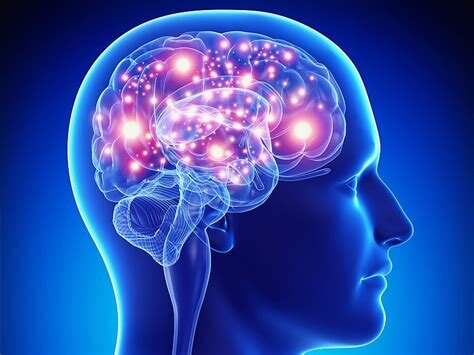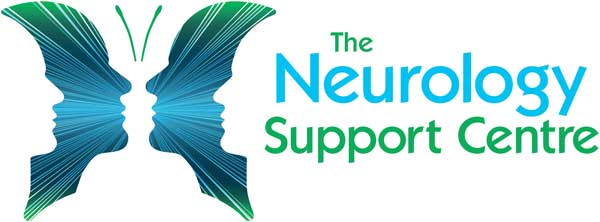Epilepsy
stephenNeurological Conditions

What is Epilepsy?
Epilepsy is also known as a seizure disorder. It is usually diagnosed after a person has had at least two seizures (or after one seizure with a high risk for more) that were not caused by some known medical condition.
Seizures seen in epilepsy are caused by disturbances in the electrical activity of the brain. The seizures in epilepsy may be related to a brain injury, genetics, immune, brain structure or metabolic cause, but most of the time the cause is unknown.
Types of Seizures
A tonic-clonic seizure is what most people think of when they think of a seizure. A person loses consciousness, muscles stiffen, and jerking movements are seen.
These types of seizures usually last 1 to 3 minutes and take longer for a person to recover.
A tonic-clonic seizure lasting more than 5 minutes is a medical emergency.
Absence seizures cause lapses in awareness, sometimes with staring. They begin and end abruptly, lasting only a few seconds.
Absence seizures can be so brief they sometimes are mistaken for daydreaming and may not be detected for months.
They are more common in children.
Atonic means a loss of muscle tone. In an atonic seizure, a person suddenly loses muscle tone so their head or body may go limp.
If standing, the person often falls to the ground. These seizures typically last less than 15 seconds.
People may get injured when they fall. Head protection, such as a helmet or other protective gear, may be needed.
They are also known as drop attacks. In some children, only their head drops suddenly.
Facts about Epilepsy
- About 40,000 people in Ireland are affected by epilepsy.
- In half of the cases of epilepsy, there is no known cause.
- Anyone can develop epilepsy at any age
- Only 3-5% of people with epilepsy are photo-sensitive, i.e. flickering or strobe lights may trigger a seizure
Diagnosis & Treatment
Seizures are often diagnosed based on descriptions of what an observer has seen.
The main treatment for epilepsy is Anti-Epileptic-Drugs (AEDs). It can take time to find the right drug regime for you. 70% of people can have their seizures controlled by medication. Surgery is an option for some people and can be very successful.
What is Epilepsy?
Epilepsy is also known as a seizure disorder. It is usually diagnosed after a person has had at least two seizures (or after one seizure with a high risk for more) that were not caused by some known medical condition.
Seizures seen in epilepsy are caused by disturbances in the electrical activity of the brain. The seizures in epilepsy may be related to a brain injury, genetics, immune, brain structure or metabolic cause, but most of the time the cause is unknown.
Types of Seizures
A tonic-clonic seizure is what most people think of when they think of a seizure. A person loses consciousness, muscles stiffen, and jerking movements are seen.
These types of seizures usually last 1 to 3 minutes and take longer for a person to recover.
A tonic-clonic seizure lasting more than 5 minutes is a medical emergency.
Absence seizures cause lapses in awareness, sometimes with staring. They begin and end abruptly, lasting only a few seconds.
Absence seizures can be so brief they sometimes are mistaken for daydreaming and may not be detected for months.
They are more common in children.
Atonic means a loss of muscle tone. In an atonic seizure, a person suddenly loses muscle tone so their head or body may go limp.
If standing, the person often falls to the ground. These seizures typically last less than 15 seconds.
People may get injured when they fall. Head protection, such as a helmet or other protective gear, may be needed.
They are also known as drop attacks. In some children, only their head drops suddenly.
Diagnosis & Treatment
Seizures are often diagnosed based on descriptions of what an observer has seen.
The main treatment for epilepsy is Anti-Epileptic-Drugs (AEDs). It can take time to find the right drug regime for you. 70% of people can have their seizures controlled by medication. Surgery is an option for some people and can be very successful.
Facts about Epilepsy
- About 40,000 people in Ireland are affected by epilepsy.
- In half of the cases of epilepsy, there is no known cause.
- Anyone can develop epilepsy at any age
- Only 3-5% of people with epilepsy are photo-sensitive, i.e. flickering or strobe lights may trigger a seizure

Help is at hand
If you live in the North West, you can directly access our on-site supports. We offer a range of holistic therapies that can benefit the mind and body, and our premium online support service Mpath can offer advice on a wide range of topics, as well as 24/7 helpline staff by professional counsellors and mental health professionals.
We can assist with transport if required, whether for hospital appointments or a family day out. We also offer the use of our all-terrain wheelchair to faciliate a day out to the beach or a walk in the woods.
Epilepsy Ireland is a national body specifically for sufferers of Epilepsy. Visit their website for a wealth of information and advice about your condition.
Help is at hand
If you live in the North West, you can directly access our on-site supports. We offer a range of holistic therapies that can benefit the mind and body, and our premium online support service Mpath can offer advice on a wide range of topics, as well as 24/7 helpline staff by professional counsellors and mental health professionals.
We can assist with transport if required, whether for hospital appointments or a family day out. We also offer the use of our all-terrain wheelchair to faciliate a day out to the beach or a walk in the woods.
Epilepsy Ireland is a national body specifically for sufferers of Epilepsy. Visit their website for a wealth of information and advice about your condition.

